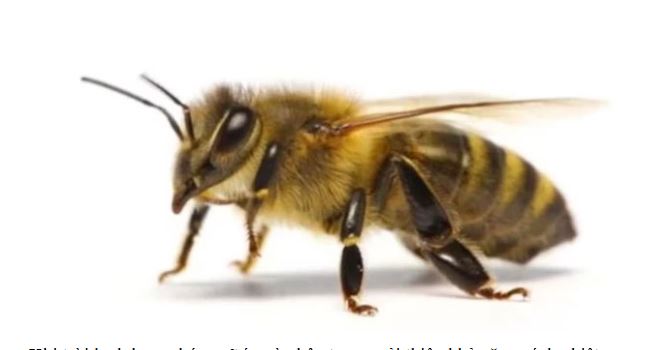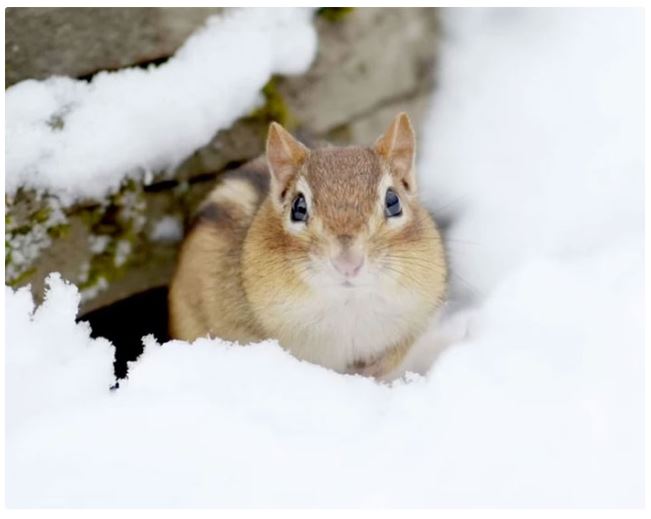As the harsh winter months descend and temperatures plunge below freezing, the natural world reveals a stunning array of biological adaptations that allow animals not just to survive—but to thrive. These strategies, evolved over millennia, illustrate the ingenuity of life in the face of adversity. From subterranean tunnels to metabolic shutdowns and incredible interspecies coordination, winter survival is an art form in the wild. Below, we delve into the most extraordinary winter survival techniques employed by wildlife.
Subterranean Survival: How Spiders Thrive Below the Frost Line
Beneath the surface of forest floors and under the insulating blanket of fallen leaves, some species of spiders such as wolf spiders have mastered the art of cold-weather survival. These ground-dwelling arachnids escape the frost by burrowing into the soil, creating a microhabitat that remains stable even as ambient temperatures drop well below zero.
Wolf spiders employ a biochemical strategy as well. They produce antifreeze compounds within their tissues—natural substances that inhibit ice formation in bodily fluids, preventing cellular damage and allowing metabolic activity to continue even in subzero conditions. This dual approach of thermal insulation and biochemical defense makes these spiders unexpectedly robust winter survivors.
Breathing Under Ice: The Aquatic Adaptations of Turtles
Freshwater turtles, particularly the Eastern box turtle and painted turtle, demonstrate astonishing physiological adaptations to winter’s cold. During hibernation, box turtles dig into the forest floor, entering a dormant state where their metabolism slows dramatically and body temperature aligns closely with the surrounding soil.
Painted turtles, on the other hand, hibernate underwater, buried in pond or lake bottoms where they access oxygen through a process called cutaneous respiration—absorbing oxygen directly from the water through their skin and cloacal tissues. When oxygen becomes scarce, they shift to anaerobic metabolism, a process that generates lactic acid. To combat the acid buildup, they draw calcium carbonate from their shells, effectively neutralizing the acidity and preserving internal balance. These adaptations allow them to endure months without breathing air.
Thermal Cohesion: The Hive Wisdom of Honey Bees

The winter resilience of European honey bees (Apis mellifera) is a testament to collective survival through biothermal regulation. When temperatures fall, bees cluster into a dense ball around their queen. Using rapid muscle contractions in their wings, bees generate heat while remaining stationary—a mechanism akin to shivering thermogenesis in mammals.
The hive adjusts its structure in response to the cold, with bees rotating positions between the core and outer layers, ensuring that no single bee is exposed too long to freezing temperatures. The inner temperature of the cluster is meticulously maintained at 32–35°C (89–95°F). Furthermore, honey bees stockpile honey during warmer months, which fuels their internal furnace throughout winter. Their ability to convert stored food into heat in such an organized and communal fashion is unparalleled in the insect kingdom.
Burrows and Bunkers: Chipmunks’ Complex Underground Retreats
Eastern chipmunks (Tamias striatus) go to extraordinary lengths to ensure their winter preparedness. These small mammals construct elaborate underground burrow systems, complete with designated chambers for sleeping, food storage, and even waste disposal.

Rather than entering true hibernation, chipmunks experience torpor—a state of significantly reduced physiological activity that they enter and exit periodically throughout winter. During torpor, their body temperature plummets and heart rate slows from 350 to 4 beats per minute. Yet they periodically awaken to eat from their cached food stores, ensuring survival without needing to emerge into the cold. This cyclical rest strategy enables them to balance energy conservation with nutritional needs.
Masters of Migration: Birds Chase the Sun for Survival
For many avian species, survival through winter doesn’t mean braving the cold—it means outrunning it. Over 70% of birds in North America, including ruby-throated hummingbirds (Archilochus colubris), engage in seasonal migration to warmer climates.
These tiny birds, weighing less than a nickel, make non-stop flights across the Gulf of Mexico—a journey that spans over 800 kilometers (500 miles) and takes up to 20 hours. Their migration requires intense energy storage, consuming up to twice their body weight in nectar beforehand to build fat reserves. Other species, such as the rufous hummingbird, take a circuitous route, moving eastward and then south to reach warmer states like Florida and Louisiana.
Migration is not just about seeking warmth; it’s a strategic relocation for food availability, mating opportunities, and shelter. Advanced geomagnetic navigation, celestial cues, and visual landmarks guide them on their epic voyages—a feat of natural engineering and instinct.
Frozen But Not Dead: Amphibians and Freeze Tolerance
Some amphibians, such as wood frogs (Rana sylvatica), take winter adaptation to an extreme level by allowing parts of their body to freeze solid. Ice forms in their body cavity, under the skin, and between muscles—but not within the cells themselves, thanks to high concentrations of glucose and urea acting as cryoprotectants.
These compounds prevent intracellular freezing and stabilize cell membranes, allowing the frogs to enter a suspended animation state. During this time, the heart stops beating, and all organ function ceases. Once spring arrives, they thaw out and return to full activity—a natural resurrection few other vertebrates can emulate.
Energy Economics: Fat Reserves and Metabolic Engineering
Across many species, accumulating fat is a vital part of winter readiness. Mammals like bears, hedgehogs, and bats undergo hyperphagia in the fall—eating intensively to store subcutaneous fat that sustains them through months of hibernation or torpor.
Some animals exhibit metabolic rate suppression, reducing calorie usage by up to 95%. This physiological downshift minimizes energy consumption while protecting essential systems like brain activity and cardiac function. The timing of this metabolic transition is regulated hormonally, often triggered by environmental cues such as daylight duration and ambient temperature.
Conclusion: Nature’s Cold-Weather Playbook is a Symphony of Survival
The diversity of cold-weather survival strategies displayed across the animal kingdom speaks to the evolutionary brilliance of life on Earth. Whether through biochemical antifreeze, collective heat generation, underwater oxygen absorption, or long-distance migration, animals show remarkable resilience and adaptive ingenuity. These complex behaviors and biological mechanisms are not merely survival tools—they are a testament to how life bends but never breaks in the face of winter’s unrelenting cold.
Winter is a test of endurance, but for those equipped with the right adaptations, it’s also a season of strategic conservation, ingenious survival, and silent strength.
Keywords: winter animal survival techniques, how animals survive winter, animal adaptations cold weather, winter wildlife strategies, antifreeze in animals, hibernation techniques, bird migration winter, turtle underwater hibernation, bee winter cluster, spider antifreeze